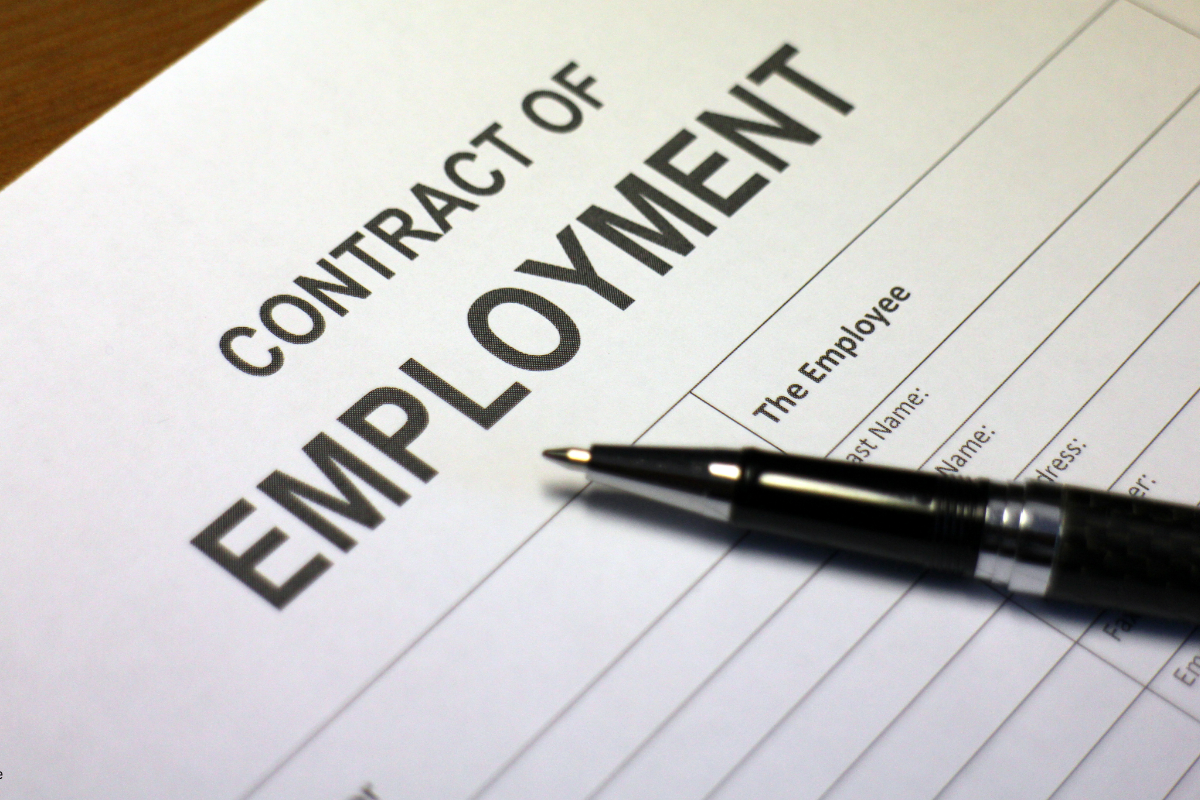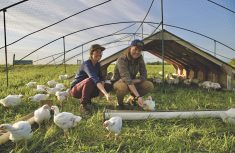In Canada, a child is exposed to a potentially toxic substance every 15 seconds, including potential allergens, metals such as lead,
and air pollutants. Accidental poisoning with medications is a major concern, especially for children five and under who tend to put most things they can grab into their mouths and who do not understand that some things can be dangerous.
Poison prevention is for everyone, including people who do not have children. Remember, your nieces, nephews, grandchildren, or even neighbourhood children could visit your home.
Read Also

Employment Agreements Can Help Protect Your Farm
Entering into employment agreements with each of your farm employees should be at the top of every farm’s “to do” list, but caution must be exercised.
In general, all prescription medications are potentially dangerous to children, but more phone calls get made to poison centres about children taking non-prescription items. This apparent imbalance is probably because everyone has more nonprescription than prescription items in their homes. The pain reliever acetaminophen, iron supplements, and cough and cold remedies are the most common culprits.
A fatal dose for acetaminophen is considered to be 15 grams or greater, that is 30 extra-strength tablets. Acetaminophen toxicity is linked with liver damage, but nausea, vomiting, and diarrhea can occur even with lower doses.
Iron toxicity, which can occur with multivitamin plus iron formulations, causes symptoms including stomach irritation and indigestion.
Cough and cold remedies, most notably rubs, can contain camphor or eucalyptus, and can produce seizures in children who have accidently swallowed them.
Your best defence is prevention. Here are 10 steps to make your home safer.
1 Store all harmful substances such as cleaning products, alcohol, farm chemicals, car products and gardening supplies safely. A locked cupboard can be a good idea. If you are interrupted while using these items, don t leave them out where curious children could find them. Also remember to always store all these products in their original containers with the safety caps tightly fastened.
2 Keep all your prescription and non-prescription drugs in a locked cupboard or box. Yes, leaving them on the kitchen table may be more convenient, but they are more accessible for children. The storage location should be dry and cool to ensure drug potency. Your kitchen may be too warm and your bathroom may be too moist. Safety caps can be inconvenient, but do slow down children.
3 Always keep all drugs in their original containers, so that if a child does accidently take something, you will know for sure what it is.
4 Once or twice a year clean up your medicine cabinet or drug storage area and dispose of anything expired or unused. By reducing the number of medications you have in your home, you reduce the risk of accidental poisonings.
5 Clean out your household cleaning supplies. Remember to dispose of any unwanted items in an environmentally safe manner and away from pets
6 When you give medication to children, double check to make sure that you have the correct dose. Read all the dosing information carefully and use a calibrated spoon or dropper, not a household spoon. If the dose is based on weight, weighing your child and calculating the dose yourself will ensure the correct dose. Then double check your arithmetic. Also only give children medication in well-lit areas because in the dark you may mistake a half-teaspoonful for a quarter.
7 Make sure you have good habits when taking or administering medications. Avoid referring to any medication as candy because your child may want to try your candy or may want more of theirs.
8 Don t take medication in front of children, as they may want to mimic you. Carrying medication in your pockets or purse is not usually recommended, but if you do, make sure the medication is in a bottle with a safety cap and keep your jacket or purse out of the reach of children
9 It s a good idea to walk through your home and poison-proof it. You may find dangers you had forgotten about or weren t aware of.
10 In addition to all these steps, it s important to prepare for the unexpected. Keep your local poison centre s telephone number handy just in case you need it.
Marie Berry is a lawyer/pharmacist interested in health care and education.
———
This month we talked about the potential toxicity of acetaminophen. In January, we ll take a longer look at this pain reliever. It is a common analgesic ingredient in prescription and non-prescription products ranging from cough and cold remedies to arthritis products. Recently it has been in the news regarding its safety and dosing recommendations. How does acetaminophen work? When and how should you use it?














